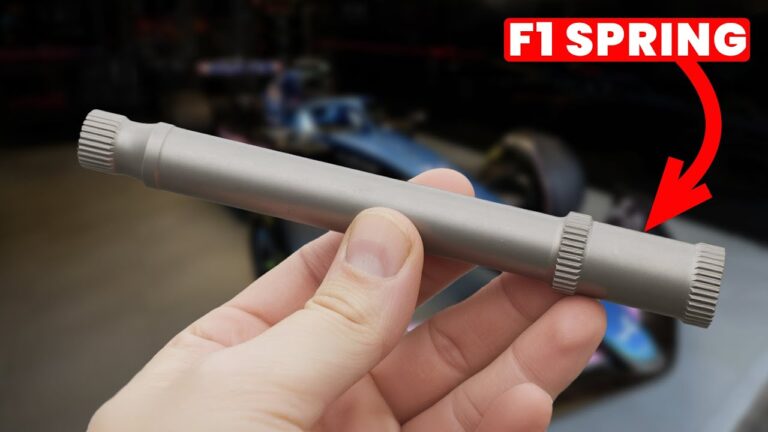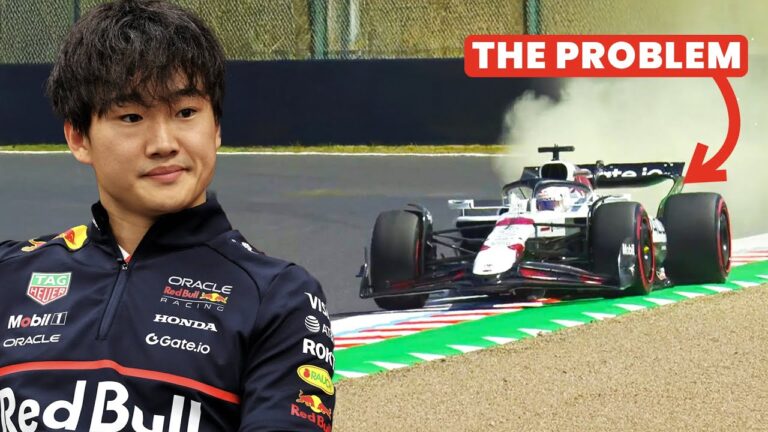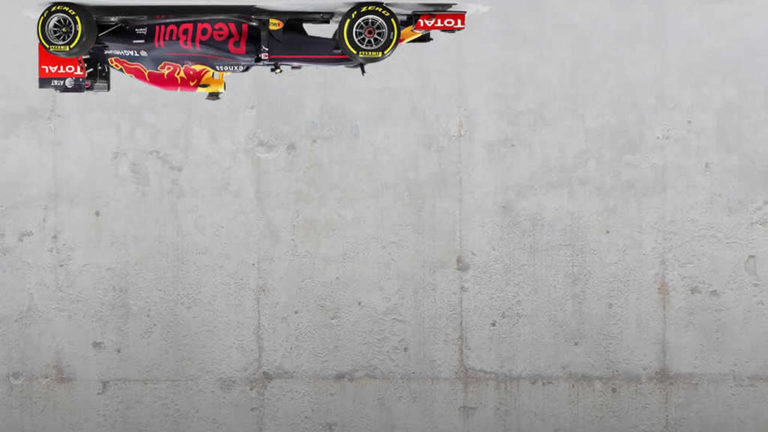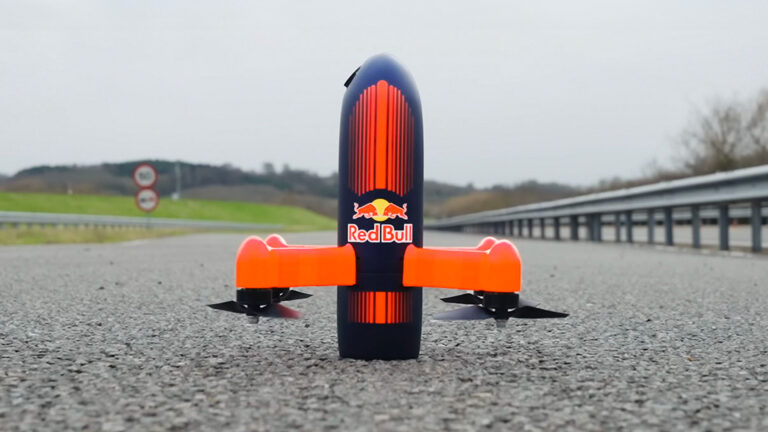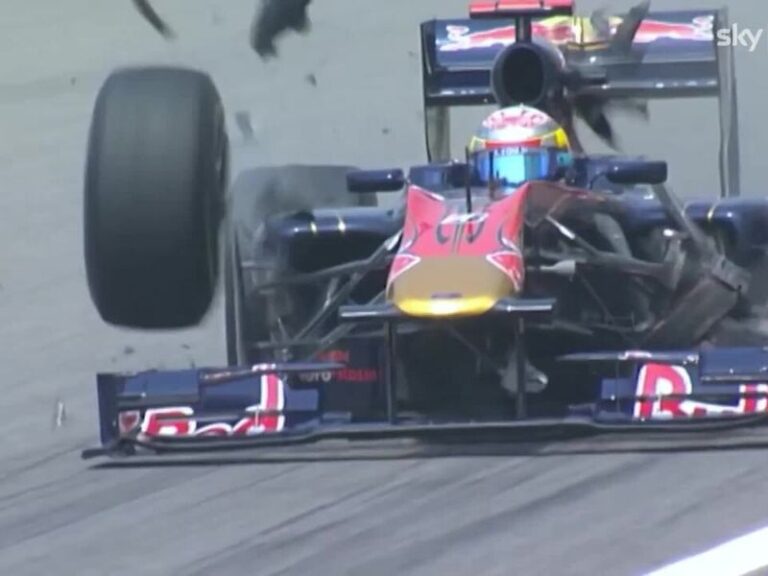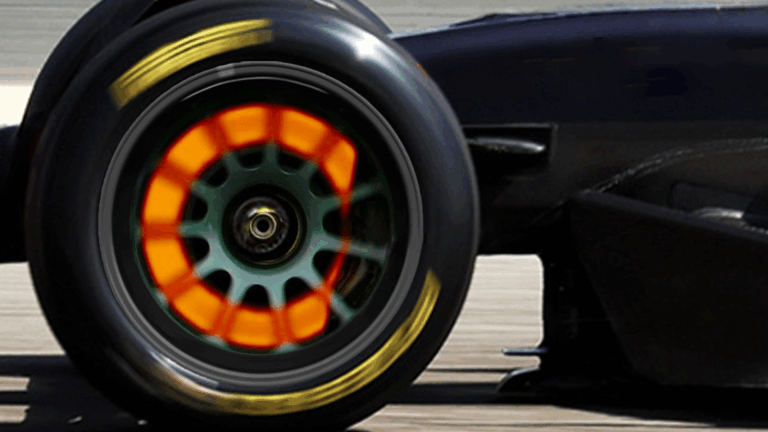
When we think of Mercedes in Formula 1, we picture a team that dominated the sport with an eight-year streak of consecutive world championships. Yet, a surprising misstep in their wind tunnel testing process halted that success in 2022, derailing their standing in a sport defined by the smallest margins. With insight from former F1 aerodynamicist Willam Toet, let’s explore how a simple yet critical miscalculation in their wind tunnel testing approach allowed rivals to close in and where Mercedes stands today.
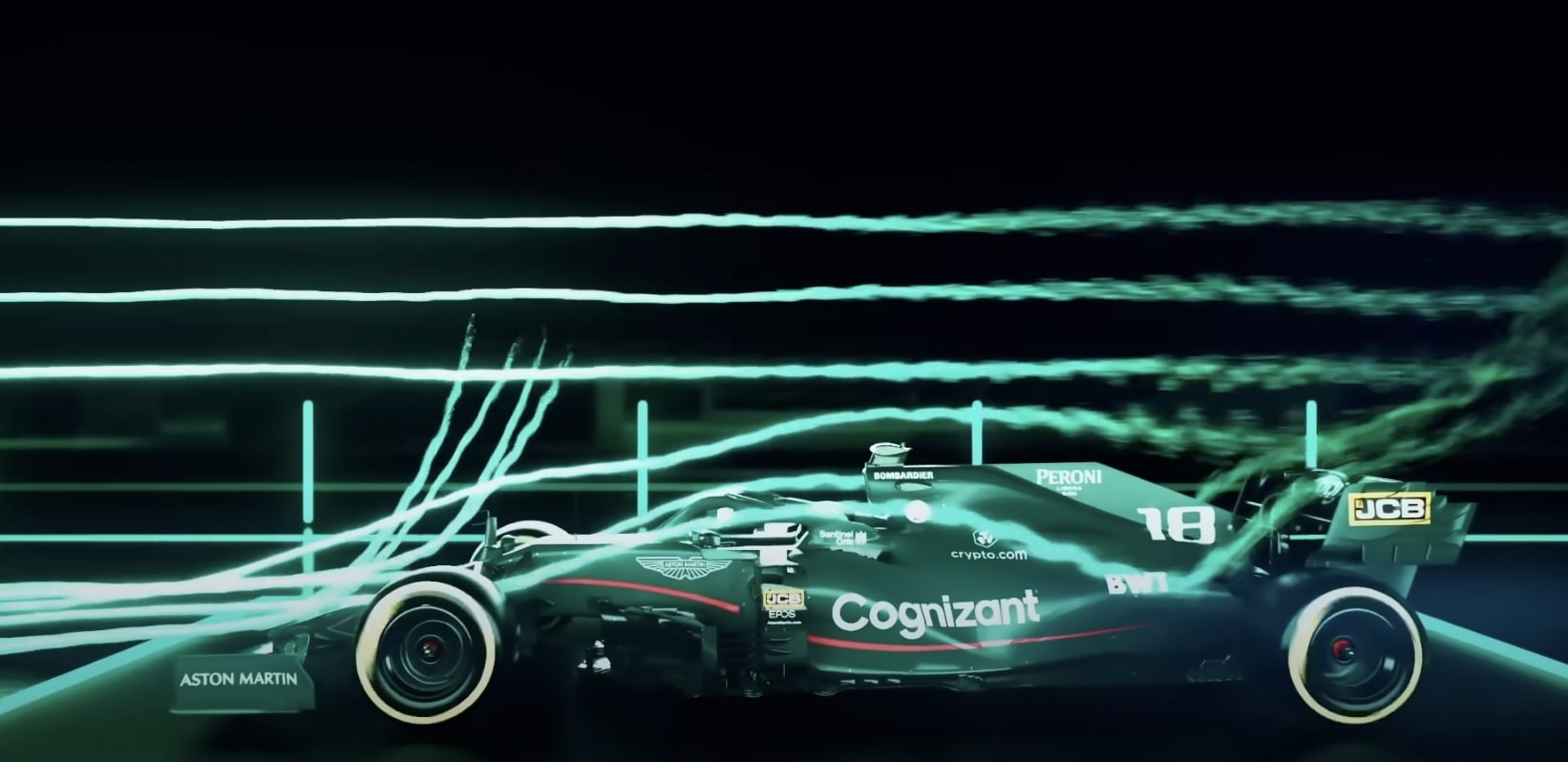
Wind Tunnel Testing: The Backbone of F1 Performance
Wind tunnels are an essential tool in F1, helping engineers simulate aerodynamic forces on a scale that mimics real-life racing. Running these tests can cost teams between $5 million and $10 million annually. In these controlled conditions, engineers examine how the car interacts with air under varying speeds and maneuvers, gauging the resulting downforce, grip, and stability.
To conduct these tests efficiently, Mercedes and other teams use a closed-loop wind tunnel where a large fan drives air through a circular passage. The air is carefully managed to reach the ideal speed and smoothness before flowing over a model car on a rolling road, which simulates real-world track conditions. Engineers focus intensely on these details because minor tweaks in airflow can yield measurable improvements on race day.
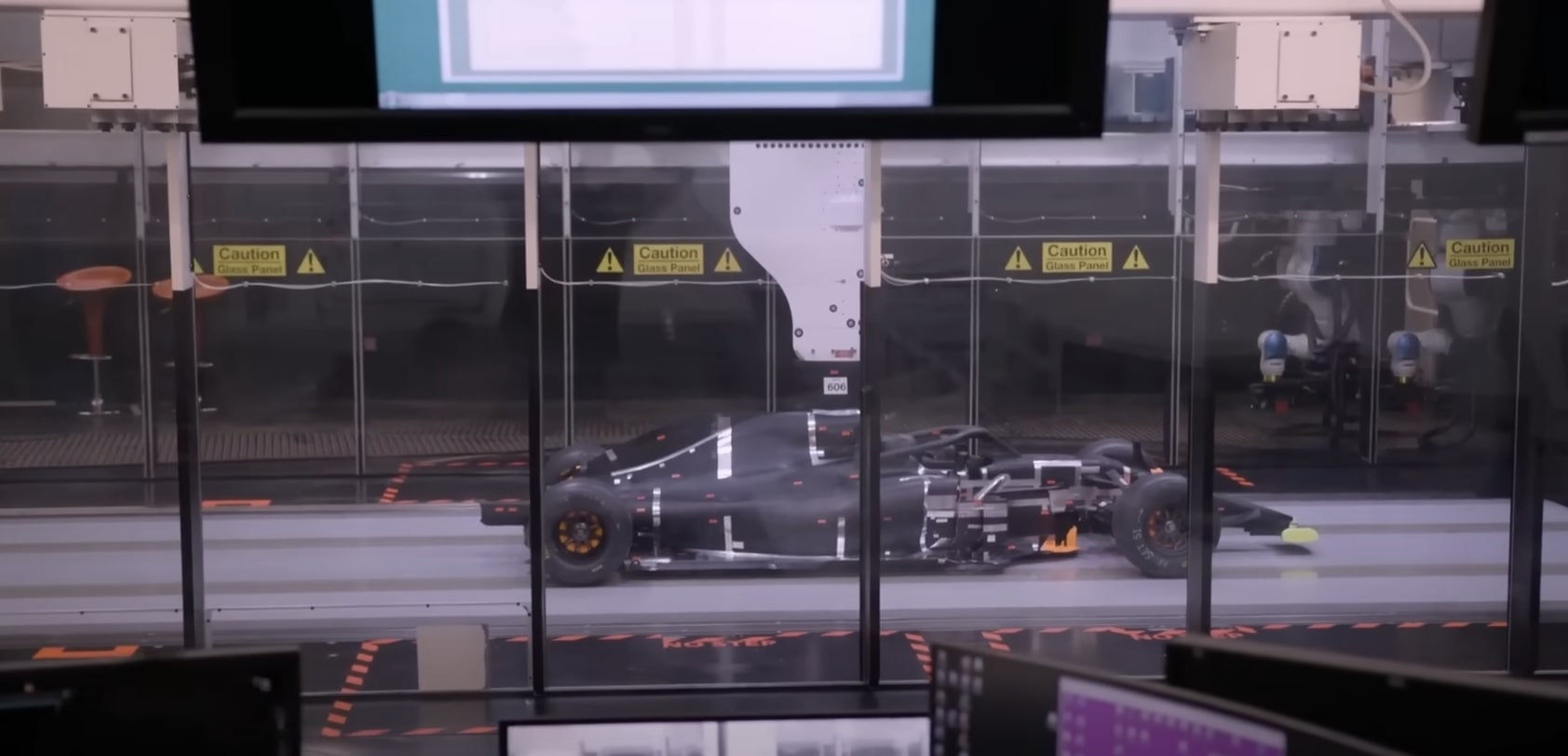
Mercedes’ Critical Error
In 2022, with Formula 1 regulations introducing “ground effect” floors, Mercedes faced a unique aerodynamic challenge. Ground effect floors create downforce by channeling air through a narrow space between the car floor and the track. The team miscalculated how the airflow beneath their car would behave under real racing conditions, largely due to their choice of a smoother belt in their wind tunnel’s rolling road. This smooth surface produced a thinner boundary layer of air, yielding test data that didn’t accurately reflect real track dynamics. On the actual track, this discrepancy led to performance issues, as the car generated less predictable downforce than anticipated.
Turbulent vs. Laminar Flow: A Balancing Act
One of the most intricate aspects of aerodynamics in F1 is managing the transition between laminar (smooth) and turbulent (chaotic) airflow. The smooth belt in Mercedes’ wind tunnel failed to account for the turbulent boundary layer created by real track surfaces. Turbulent airflow adds an element of unpredictability that engineers usually seek to control, as it disrupts the car’s ability to maintain downforce consistently. When the airflow under the car became turbulent, it led to what’s known as “porpoising,” where the car would bounce up and down, a frustrating phenomenon that persisted throughout the 2022 season.
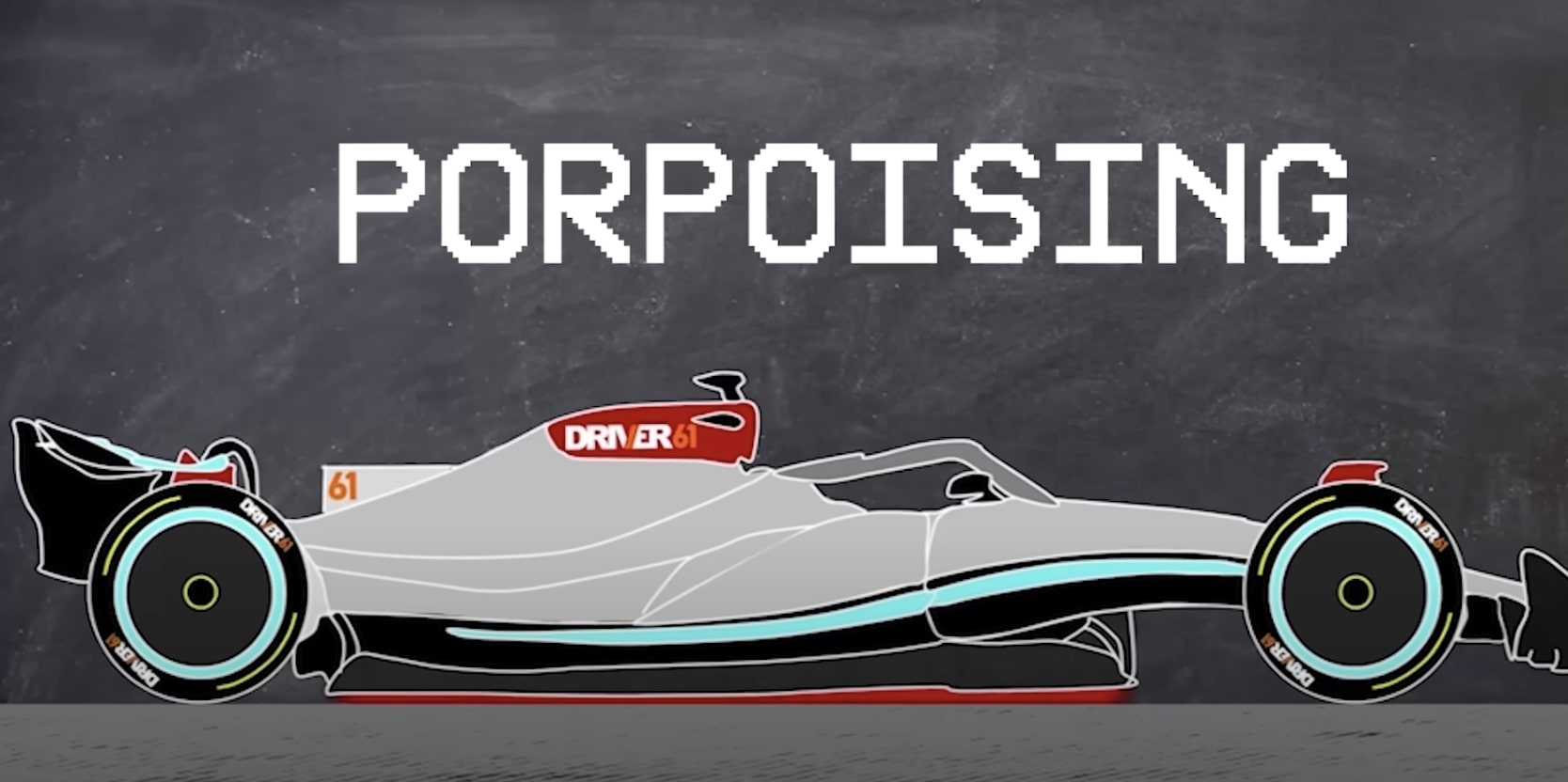
The Impact of Regulatory Constraints
Adding complexity, Mercedes was limited by F1’s Aerodynamic Testing Regulations (ATR), which capped wind tunnel runs for teams based on their position in the championship. As champions, Mercedes could only run 36 wind tunnel tests per week, which constrained their ability to recalibrate the rolling road frequently. To save time, they opted for a smoother belt that wore out less quickly, allowing for more performance-focused tests. However, the decision backfired as the data gathered wasn’t an accurate representation of on-track conditions.
Learning from Mistakes and Moving Forward
Realizing the limitations of their smoother belt, Mercedes adapted by conducting tests with a rougher belt to better simulate the conditions of the actual track. This approach enabled them to recognize the discrepancy and recalibrate their expectations for ground effect floors. Now, equipped with these insights and an increased allowance of wind tunnel runs due to their recent performance, Mercedes is inching closer to the competitive edge they once enjoyed. The team has also become increasingly reliant on computational simulations, balancing physical wind tunnel runs with advanced modeling techniques to refine their car’s aerodynamics further.
In the world of F1, where innovation and adaptation are paramount, Mercedes’ journey serves as a powerful reminder that even the best can falter when overlooking a detail. By understanding and correcting their wind tunnel miscalculations, Mercedes is positioning itself for a comeback, setting the stage for a thrilling competition in seasons to come.




